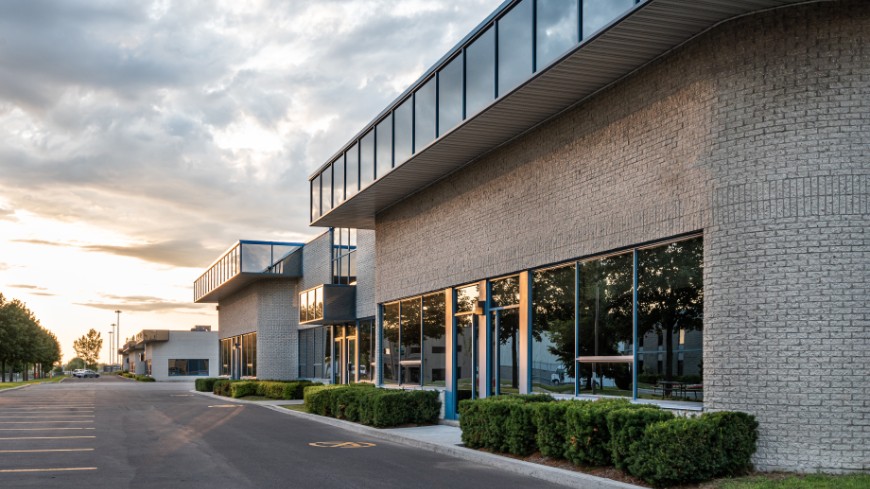
So you’re planning to book commercial painters and wondering how to prepare for their arrival. The first thing to ask yourself is: How much can your internal facilities team take care of themselves? And what are the painters expecting to do when they arrive?
A good contractor will have this conversation with you at the outset to explain what is included in their painting services and determine expectations on both sides, as well as the cost of any add-on services. You may decide to take on some extra preparation yourself to save money or hand it over to the professionals for peace of mind.
But whether the work is being completed by your team or the commercial painters, there are certain things that need to take place before painting work starts to ensure complete site preparation for contractors. If you’re planning on doing some of the work yourself, this list will help you prepare for both internal and external commercial painting. And if not, you’ll know exactly what questions to ask your commercial painters to ensure everything gets done.
1. Prepare a risk assessment
First things first, whether you’re contracting painters for internal or external work, conduct a thorough risk assessment of your site. While a reputable service provider will conduct their own assessment upon arrival, as Higgins does, any relevant information you can provide will be helpful. And you’ll need it for your own records anyway.
2. Make a list for the commercial painter
While the scope of the work will already have been discussed, it’s worth making a list for the contractors to use on the day. The most important thing to note is the order of priority, especially if you need certain rooms or areas operational more quickly than others. You may also find it helpful to provide clear instructions on colours if there’s significant variation between areas.
Internal site preparation for contractors
3. Remove everything from the walls
Perhaps it goes without saying… but we’re going to say it anyway: remove everything from the walls before your professional painters arrive! This means any pictures or photos, as well as the blu tack, nails or hooks holding them up. You may be asked to cover light switches and light shades as well, however, it can depend on the job and your painters’ preferences. Your best bet is to confirm expectations with your contractors before they arrive, so everything can run as smoothly as possible on the day.
4. Clear the furniture out of the way
It’s best to move any furniture or equipment out of the room completely, but if that can’t happen, then moving it into the centre of the room, as far from the walls as possible, is the second-best option. Anything that does stay should be covered with a sheet or plastic cover. An experienced commercial painter, such as Higgins, will usually provide their own drop sheets to cover up furniture and avoid any accidents.
5. Repair internal damage
If there’s any damage to the surfaces being painted—mould, holes, cracks, structural defects—then ensure that it’s repaired before the professional painters arrive. Alternatively, ask your painters if repairing surface damage can be included in the scope of the work. Higgins can offer remedial repairs in some instances and will be able to discuss this upon inspecting your site.
6. Make sure that the windows open easily
Your painting contractors will thank you for the fresh air and it will help the paint smell to dissipate faster.
7. Dust everything
There’s bound to be some dust in the room, especially after you’ve moved the furniture out. The last thing you want is that dust to be disturbed while your contractors are working and end up ruining your new paint job. To avoid this, dust all the surfaces and walls with a damp cloth, then vacuum the room thoroughly before the commercial painters arrive.
External site preparation for contractors
8. Warn your neighbours
While it may not be strictly necessary, if you have other businesses or tenants close by, then it can be a nice thought to warn them when external painting is planned, just as you might with other significant building work.
9. Trim the landscaping
Make sure that any plants or trees that could get in the way of your painting contractors are trimmed back to allow adequate room.
10. Check all external power outlets and taps are working
The professional painters may need access to water or power for tools, depending on the type of job. Ensuring that these are all in good working order before they arrive can avoid delays and unnecessary frustration.
11. Repair external wall damage
As with internal commercial painting, make sure you repair any damage to the external surfaces, such as holes, rot, decay, mould and other common commercial property problems.
12. Designate an area for tools
Choose a secure and covered area for the painters to leave their tools and materials, especially if the job will take more than a day.
If you're looking for long-term preventative maintenance, Higgins will deliver a cost-effective solution tailored to your budget and property. Request a free paint condition assessment to get started today.
Higgins Coatings is Australia's premier commercial painting contractor with over 70 years of experience in providing cost-effective painting and tailored maintenance solutions to a broad range of industries including hospitals, aged care, schools, and strata. If you need quality painting services delivered on time and within budget, contact us today for a consultation.
Recent Posts
-
The cost-effective solution
Dhananjay Kapoor07 Oct 2025 at 10:10 PM -
Why schools are choosing floor rejuvenation
Dhananjay Kapoor07 Oct 2025 at 10:09 PM -
Why leading schools choose Higgins for floor rejuvenation
Dhananjay Kapoor07 Oct 2025 at 10:09 PM -
Floor rejuvenation in action
Dhananjay Kapoor07 Oct 2025 at 01:53 AM -
Top trends affecting the value of commercial property in Australia
Higgins Coatings01 Jul 2025 at 01:30 AM -
Your guide to budgeting for commercial building painting
Higgins Coatings23 Jun 2025 at 11:15 PM -
Painting apartment exteriors: Best practices
Brendan Childs02 Mar 2025 at 10:00 PM -
Strata painter: 7 key considerations for hiring
Narell Majic02 Feb 2025 at 10:00 PM -
How to find good tradespeople you can always rely on
Sam McHugh08 Jan 2025 at 10:00 PM









